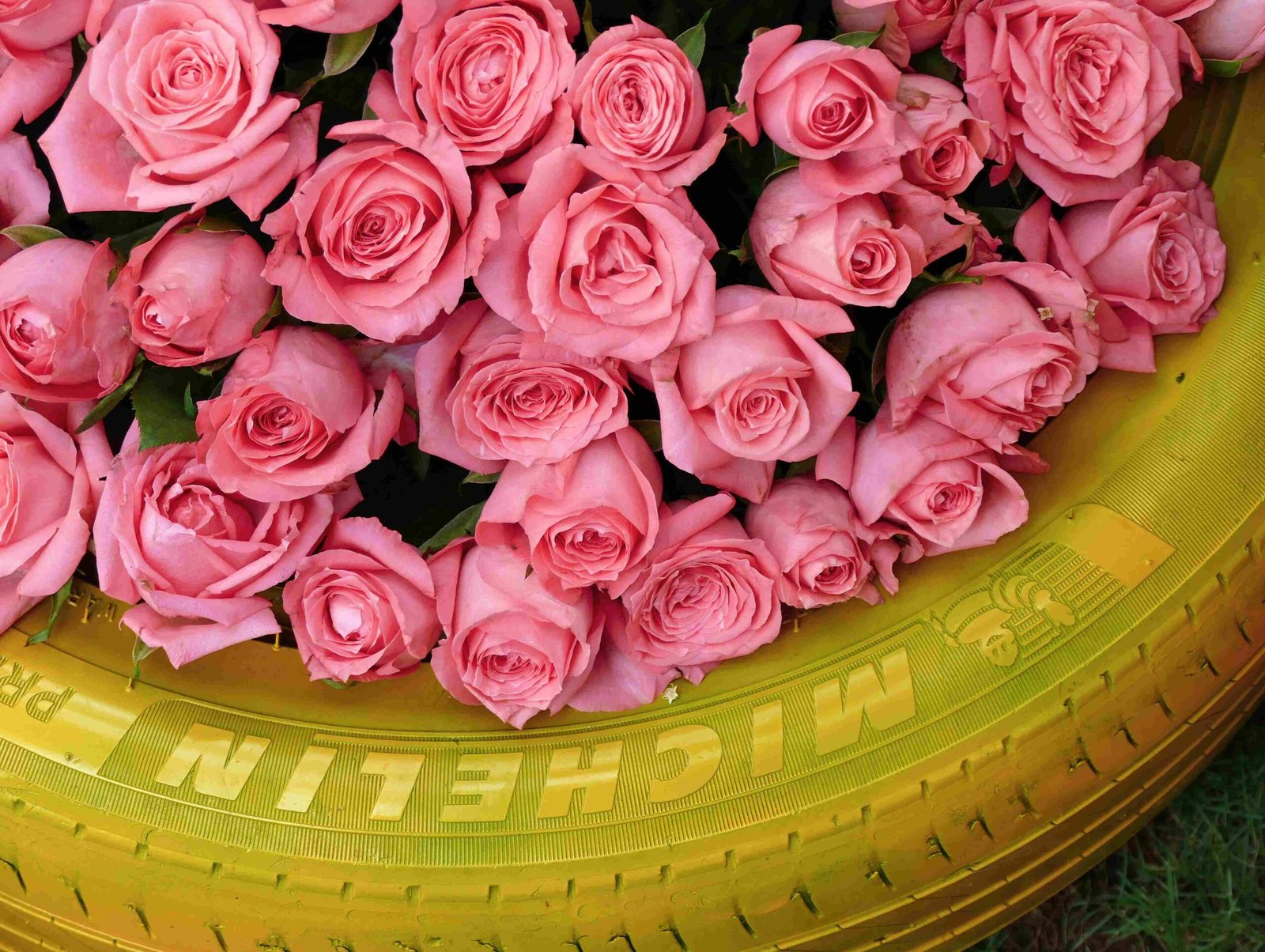What Types of Burlap are Best for Covering Roses?

For covering roses, the recommended specifications for burlap include:
- Size: Burlap pieces or rolls that are at least 36 to 48 inches wide are suitable. For larger plants, a 40 × 47 inch burlap cover can be ideal.
- Weave: A loose weave is often preferred as it allows for airflow and water penetration while providing insulation. Avoid tight weave burlap, especially if it is dyed, as it may not be as suitable for outdoor use.
- Material: Natural jute burlap is the best option due to its durability, breathability, and ability to withstand harsh weather conditions.
How to Cover Shrub Roses with Burlap?

To effectively cover shrub roses with burlap, follow these steps:
- Staking and Wrapping:
- Place stakes around the shrub, about 8 to 10 inches from the perimeter.
-
Wrap burlap around the stakes, securing it with twine. The height of the stakes should match the height of the shrub.
-
Collaring:
- Install a collar made of burlap or another weather-resistant material around the plant.
- Fill the collar with insulating materials like leaves or mulch.
How to Cover Climbing Roses with Burlap?
For covering climbing roses, there are two main methods:
- Laying Down Canes:
- Remove the canes from their support structure and lay them on the ground.
- Bind the canes loosely with twine.
-
Cover the canes with 4 to 6 inches of soil and then add 6 to 12 inches of mulch after the soil freezes lightly.
-
Alternative Method:
- If the canes cannot be laid down, tie them together and insulate with straw.
- Hill up the base of the plant with soil and pack straw around the canes, then wrap the entire bundle with burlap.
What are the General Tips for Covering Roses with Burlap?
- Timing: Apply burlap protection before the ground freezes, typically after the first hard frost.
- Layering: Ensure there is a layer of soil or compost over the plant’s crown before adding the burlap and mulch.
- Securing: Use twine, stakes, or drawstrings to secure the burlap in place to prevent it from being blown away by wind.
What are the Potential Challenges and Solutions?
Weather Conditions:
- Wind: Use stakes and twine to secure the burlap tightly around the plant to prevent it from being blown away.
- Extreme Cold: Ensure a sufficient layer of mulch (12 to 18 inches) over the burlap to provide adequate insulation.
Pest Prevention:
- Animals and Birds: The burlap itself can help keep animals and birds away. Additionally, using a burlap cover with a drawstring can help tighten the cover around the plant.
Accessibility of the Plants:
- Ease of Installation: Choose burlap with a drawstring or a loose weave that is easy to wrap around the plants. This makes the process less cumbersome and ensures the burlap stays in place.
What are the Costs Associated with Purchasing Burlap?
- Average Prices: Burlap can be purchased for less than 50 cents per yard for bulk rolls and about 60 cents per yard for smaller “blankets”.
- Where to Find Quality Burlap: Quality burlap can be found at home and garden stores, big online stores like Amazon, and fabric or craft stores. However, for outdoor use, it is best to avoid dyed or tight weave burlap from fabric and craft stores.
